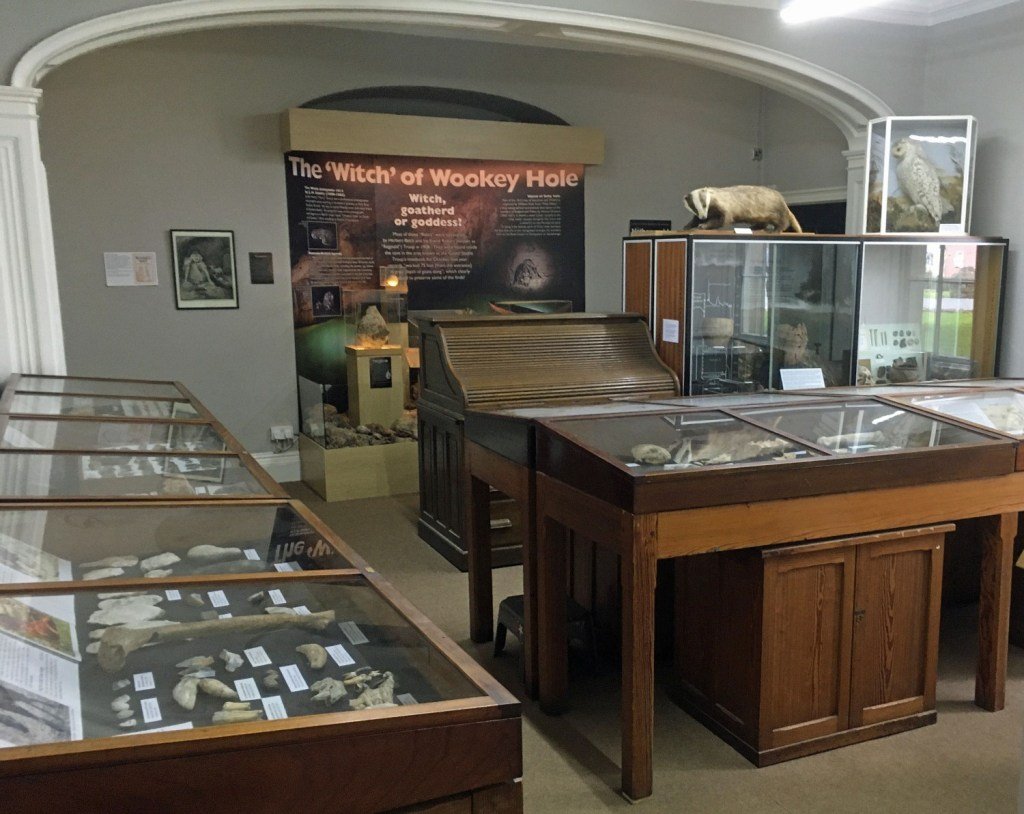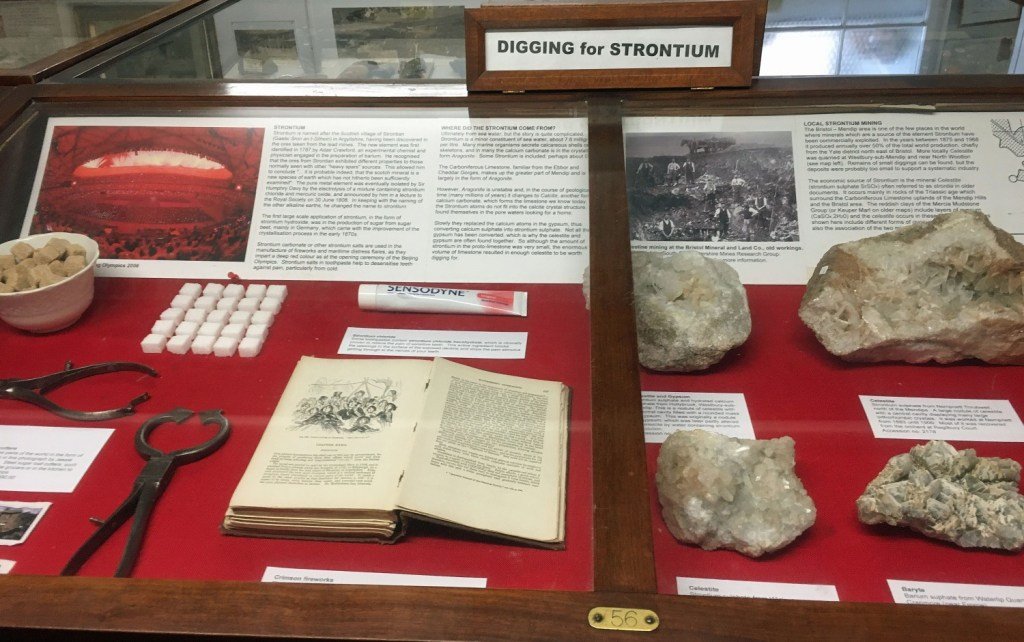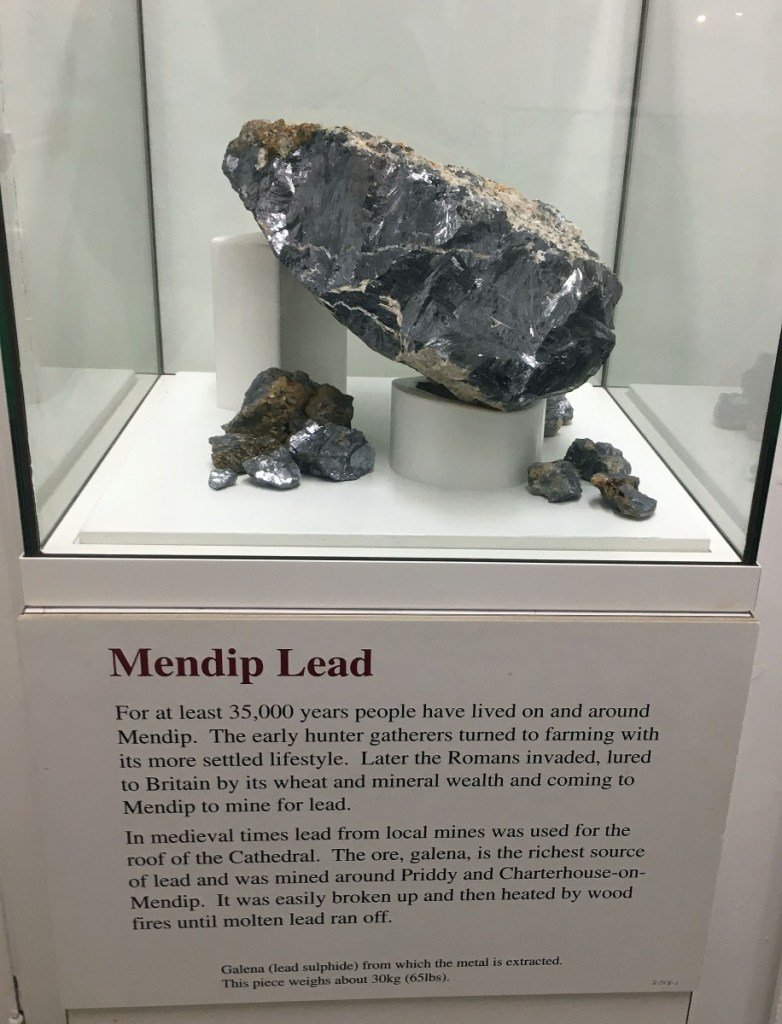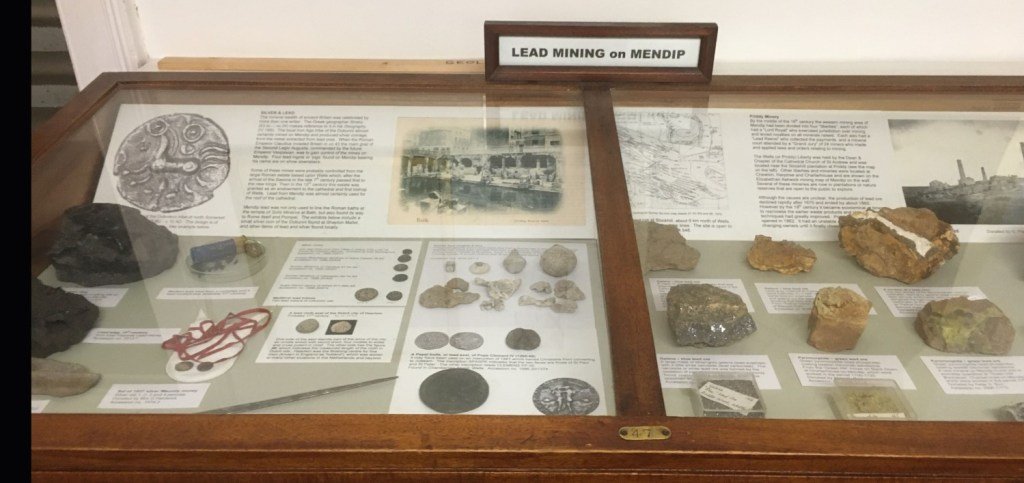Jon Trevelyan (UK)
One wet afternoon in March, reasonably than getting moist gathering fossils close to Radstock, I deserted my plans and paid a quick go to to the Wells & Mendip Museum in Somerset. It’s not a geology museum, however it does have some nice geological exhibitions.
The museum (Fig. 1) was based in 1893 by Herbert E Balch, who was a well known beginner archaeologist, naturalist and caver; and the museum was meant to showcase his in depth collections of historic artefacts and pure specimens.

If you arrive within the foyer, you possibly can’t assist however discover an impressive two-metre-long skeleton of an ichthyosaur (Fig. 2). This was discovered within the Decrease Jurassic Blue Lias quarries at Keinton Mandeville (which is 200 to 150 million years old), during which time, a warm sea covered Somerset. In fact, the area around the town of Street, not far from Wells, has been an important source of ichthyosaur skeletons.

A fossilised example of an eye socket is also on display next to the main specimen. We know that this ichthyosaur preyed on an extinct form of squid or cuttlefish (Phragmoteuthis), because the small hooks from the squids’ arms are clearly visible in its stomach.
In the museum, there is also an exhibition on the ‘Netherworld of Mendip’, which explores the subterranean world beneath the Mendip Hills (Fig. 3).


The exhibition charts the development of caving and cave diving, and the history of cave exploration. In addition, the displays show how the geology of the Mendip Hills results in caves being formed, along with a network of stream passages and chambers, which have been carved out from the carboniferous limestone, emerging at places such Wookey Hole, Cheddar and the eponymous springs that give Wells its name.


However, it was the ‘Geology Room’ that I really came to see (Fig. 4).


This contains a collection of local minerals and fossils, many of which originate from the Mendip Hills. There are also displays showing the geological sequences found in the local area, including volcanic rocks from the Silurian volcanoes (Fig. 5).


There are others with plant fossils from the Upper Carboniferous (Fig. 6), fossil fish (Figs. 7 and 8), ichthyosaurs (Figs. 9 and 10), ammonites (Figs. 11 and 12) and nautiluses (Fig. 13), along with ice age mammals (Fig. 14). The specimens are displayed in their original wooden cabinets, which gives a nice feel to the museum.


Many of the cabinets are based on particular geological time periods. For example, there is one on rare plant fossils from the Permo-Triassic (Fig. 15).




There is another on Devonian fossils (Fig. 16), and others on marine fossils of the Lower Carboniferous limestone, from which the Mendip Hills are made (Figs. 17, 18 and 19), and on the Lias of the Lower Jurassic (Fig. 20).


The room also contains minerals (Figs. 21 and 22) showing the mining heritage of the area, with evidence of extraction dating back more than 2,000 years.



The main ores mined were of lead, zinc and iron, but lesser-known minerals also contributed to the area’s wealth. These included ochres for colouring to calamine for lotions, such that the displays effectively explore the human links to the geology of the area. In addition, there is a cabinet on, of all things, digging for strontium (Fig. 23). Local historical artefacts also show the uses of many of these local resources.

As for the extraction of galena (for lead), there are several displays on this important topic as far as Mendip Hills are concerned (Figs. 24 and 25).

There are also four large ‘pigs’ of Roman lead (Fig. 26), which were recovered from the Mendip Hills, which are on display in the main downstairs corridor. It should be noted that, in medieval times, lead from local mines was used for the roof of the cathedral. The ore (galena) was mined around Priddy and Charterhouse-on-Mendip.


There is also a lovely example of translucent alabaster from Rodney Stoke, in the Mendip Hill (Fig. 27).


So – it was a well-spent wet afternoon in March. I would certainly recommend this little museum in the wonderful city of well, even if it isn’t raining.
| About the museum |
|---|
| Wells & Mendip Museum 8 Cathedral Green Wells Somerset BA5 2UE Tel: 01749 673477 |
Trending Products










